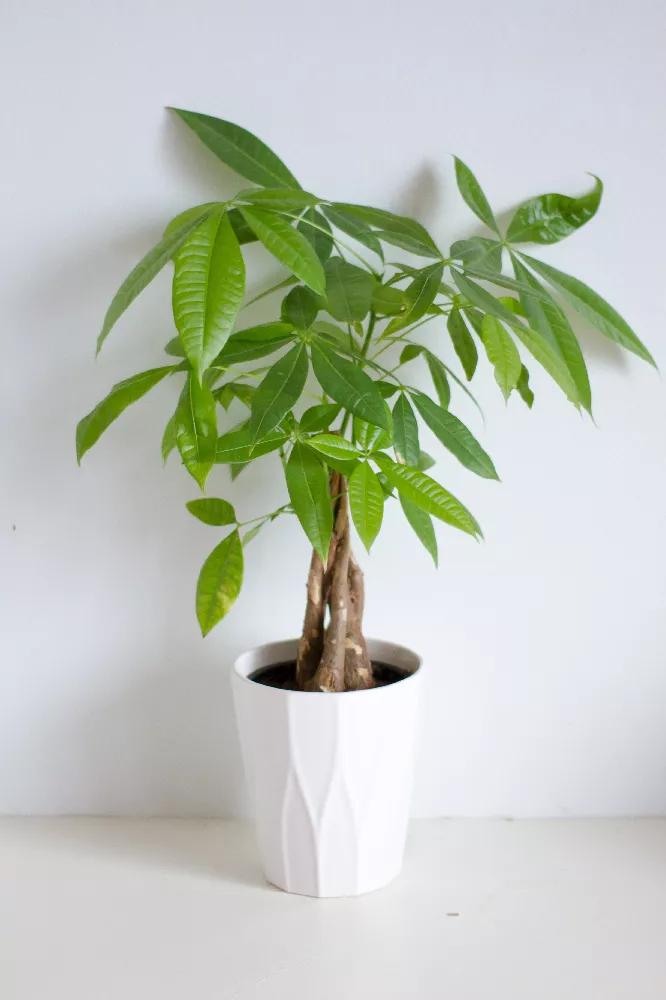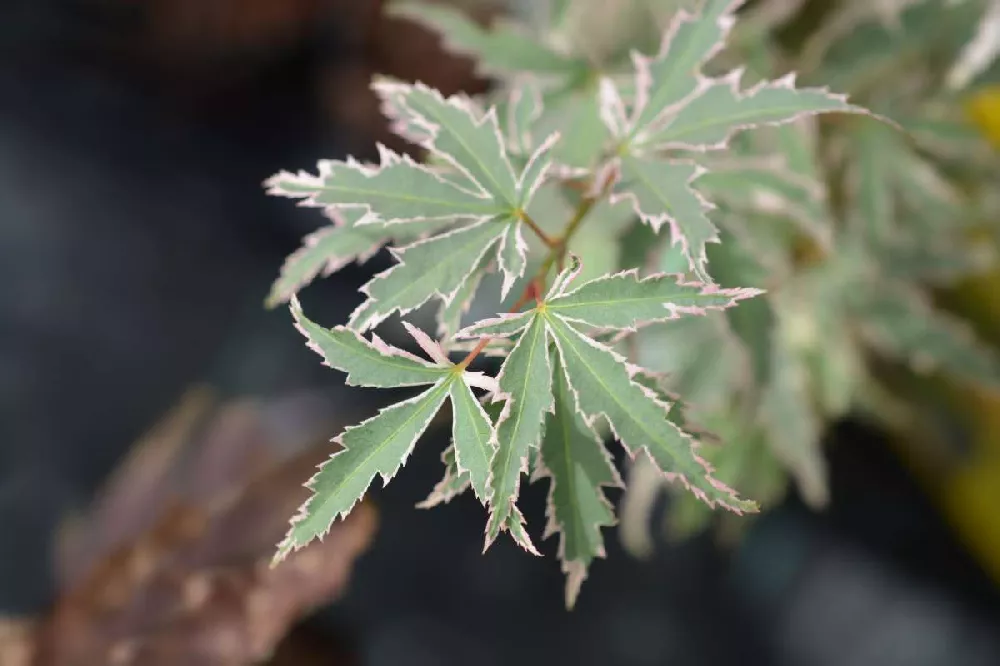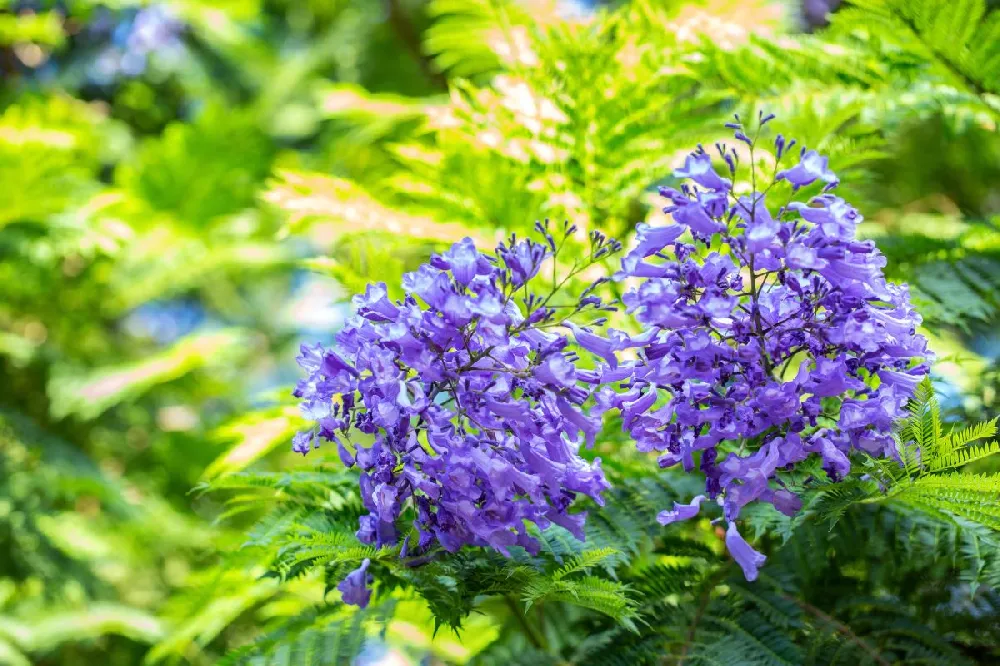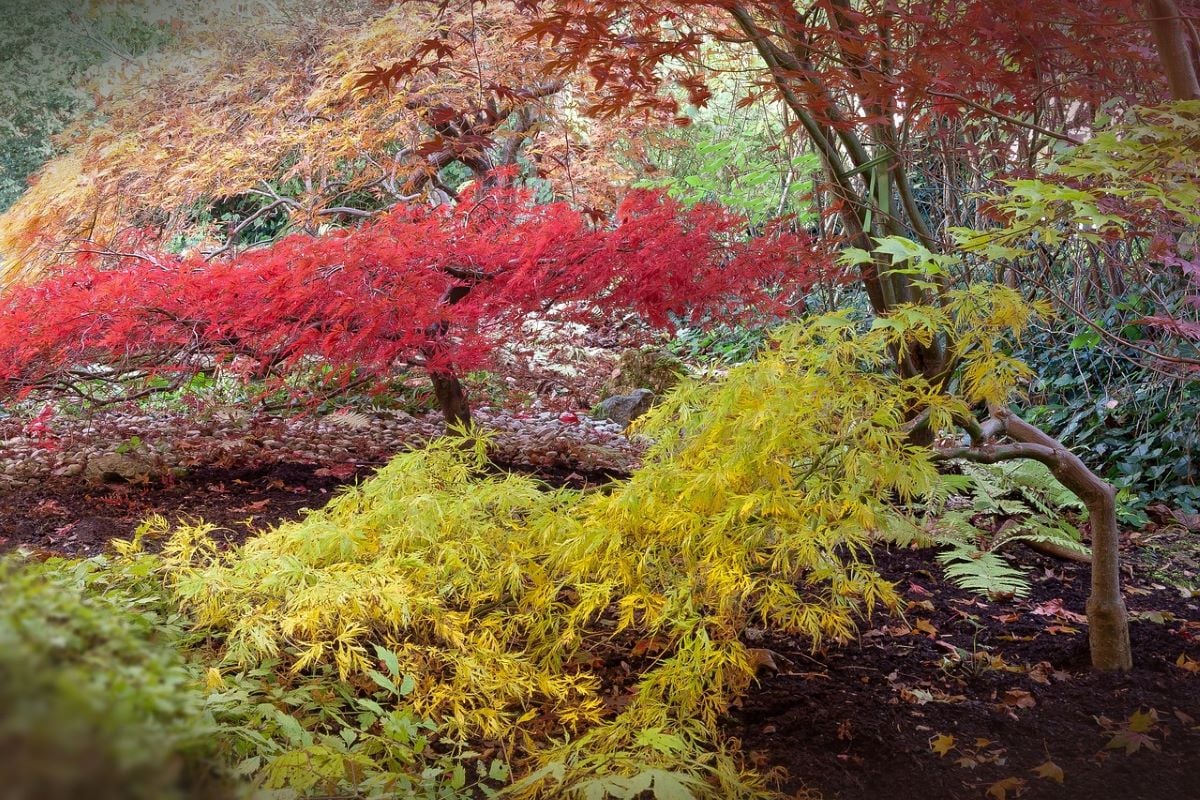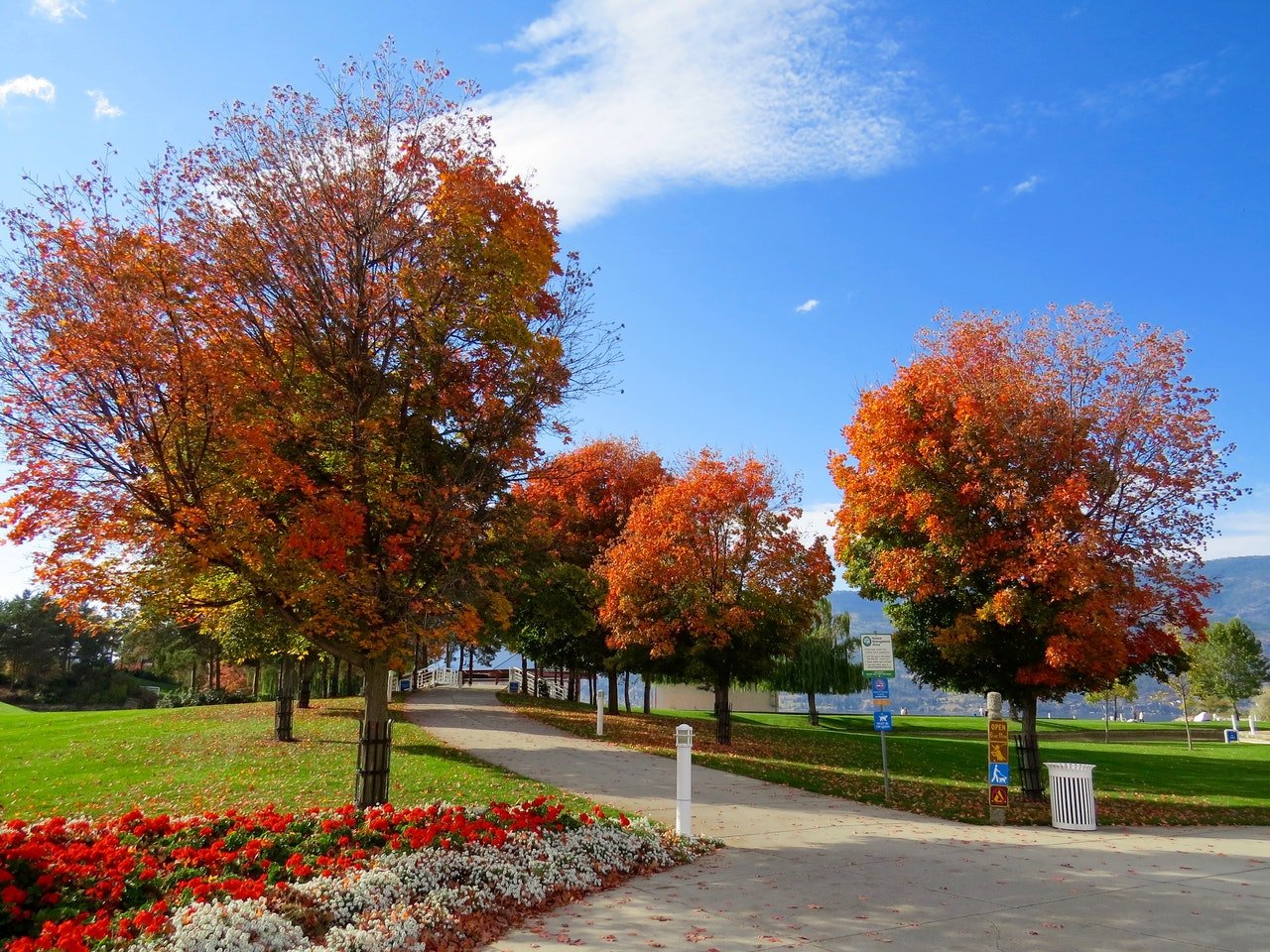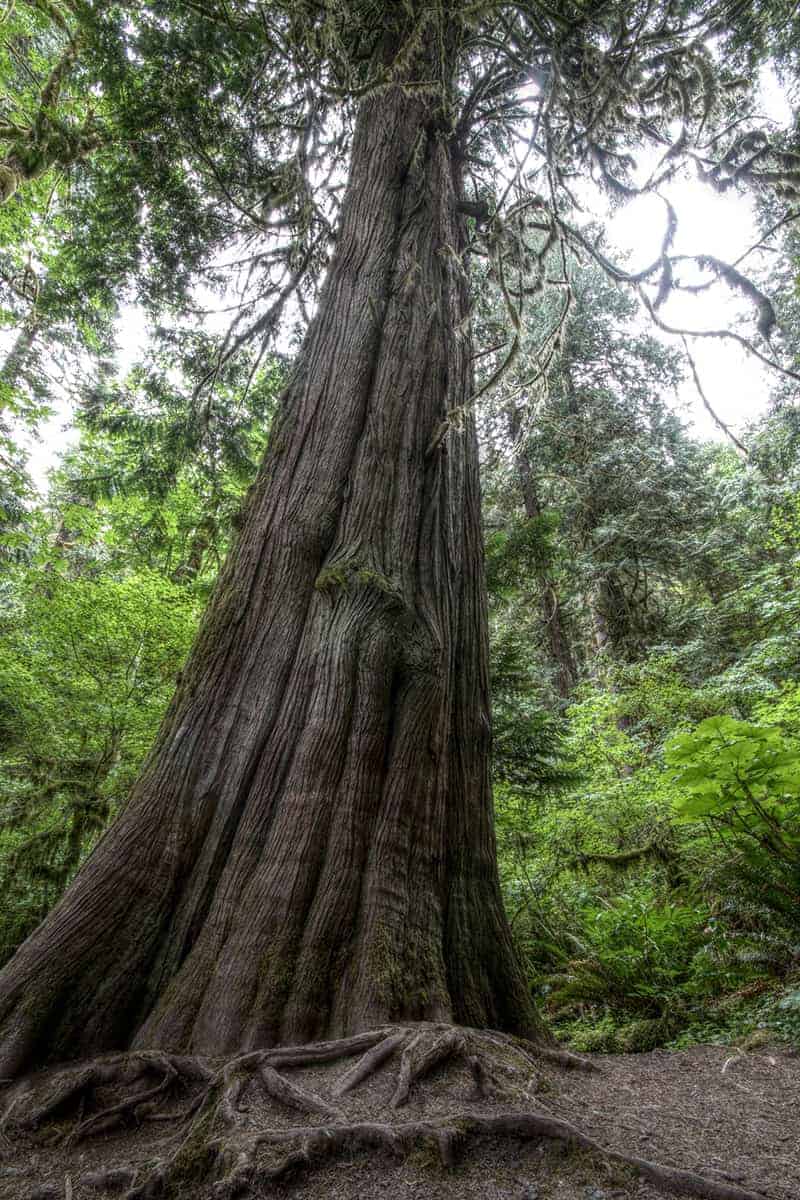- Home >
- Bonsai Trees
Bonsai Trees for Sale - Buying & Growing Guide
Filters
Price Range
Growing Zones
Plant Type
Sunlight
Mature Height
Plant Characteristics
3 Results
Bonsai Trees – Buying & Growing Guide
The term “bonsai” means tree in a container. A bonsai tree can be any species of tree cultivated as a miniaturized version in a small container. The care and maintenance of a bonsai tree is a rewarding hobby and art form that can be easily mastered and provide years of enjoyment and beauty. Other characteristics of bonsai trees include:
- They may be either indoor or outdoor plants
- Their size and shape are maintained through continuous care
- They need repotting every two to three years
Bonsai trees are dwarfed trees that are grown as a living work of art, with a history in both China and Japan. They have been used as decoration and points of interest in Japanese homes for centuries, and in recent decades have become popular in western society.
A common misconception is that bonsai trees are genetically dwarfed versions of larger trees, but this is not the case. Bonsai trees are developed using a variety of plant species, using careful pruning and wiring practices to create miniature versions of bigger plants. The plants are manipulated to remain small, always being kept in containers to restrict growth. In fact, the term ‘bonsai’ literally translates to ‘planter in container’.
Any plant with a wood stem and branches can be used to create a bonsai tree, though types with naturally small leaves are often selected as this adds to the miniature appeal of a bonsai tree. Though you might associate bonsai trees with being kept indoors, most bonsai trees should actually be kept outside. This is because many of them are not tropical varieties, and therefore need to be allowed to go dormant over winter in order to prepare themselves for growth the following spring. Life outside encourages this process, as dormancy happens when temperatures drop and daylight hours become shorter.
As these natural seasonal cycles do not happen within homes, it means indoors is not an appropriate place for these bonsai trees to live. However, there are some tropical and subtropical bonsai trees that appreciate a consistently warm temperature and a humid environment, both of which are conditions that can be created year-round in homes.
Planting and Care
Planting instructions
Understanding the cultural requirements of a bonsai tree begins with knowing what type of tree it is. A bonsai can be either an indoor or outdoor plant, with the most common outdoor bonsai being evergreen trees like juniper, pine, and spruce. You can also find gingko, maple, and elm bonsai trees whose leaves change with the seasons. Indoor bonsai plants are usually jade, Hawaiian umbrella trees, and ficus trees, which are subtropical and do best with stable temperatures. Knowing the type of tree you have will guide where you place its container, but all bonsai require plenty of light and enough humidity to ensure that their soil remains moist. Outdoor bonsai trees like maples, ginkgo, etc. need both sun and shade, as well as a dormant period that happens with cold weather. Most indoor varieties should be positioned in a sunny spot.
A bonsai tree’s beauty lies in what is above the soil, but it relies on the health of its roots and has very specific soil needs. The soil in your container must provide enough aeration to allow oxygen to circulate around the roots and hold enough water to keep the roots moist while offering enough drainage to prevent root rot. Commercially prepared bonsai soil is pH neutral and is a combination of a hard-baked Japanese clay (akadama), lava rock, pumice, fine gravel, and organic potting compost. The ratios of each can be adjusted for different types of trees, as well as for different levels of maintenance. If you’d rather not check your bonsai’s water levels frequently, add more compost or akadama, as they retain water. If you live in a rainy area, add grit or lava rock for better drainage.
One of the most important aspects of growing and caring for a bonsai tree is its container. Unlike other types of plants, a bonsai is meant to remain small, which means you should keep it in the smallest container possible to accommodate the tree. The goal is to find a pot that will keep the tree healthy and thriving but confine the roots to minimize the opportunity for growth. Young trees should be repotted every one to two years, while mature plants can be repotted every three to five years.
Watering and nutrients
Though it’s true that bonsai trees require more moisture than other plants, overwatering is the single biggest threat to your bonsai’s health. Rather than sticking to a set schedule, use your judgment and your sense of touch to guide you, watering when the top half inch of soil seems dry and then giving it a good soaking. Succulents like jade trees will prefer a longer period of dryness, so make sure you know the specific needs of your tree.
When watering, you can either immerse the plant in a bucket or sink of water up to the first inch of the tree’s trunk, or use a fine spray from a hose or watering can. If submerging, keep the tree underwater until bubbles stop rising to the surface, then remove the plant and allow it to drain. Overhead watering with a strong blast of water risks dislodging soil or damaging the plant.
Always make sure that the water you provide drains out of the holes at the bottom of the pot. The container should be placed on a flat tray an inch or two larger than your bonsai tree, filled with pebbles and water. As the water evaporates from the tray, it will provide for the tree’s humidity needs.
Bonsai trees are grown in a very limited space, and they deplete the nutrients in their soil quickly. In order to keep your bonsai tree healthy, you need to constantly replenish the soil with nitrogen, phosphorus, and potassium, as well as micronutrients like manganese, iron, zinc, and copper. The appropriate ratios for each depend on the type of your bonsai tree, and the frequency of fertilization depends upon the type of fertilizer. Be sure to read the fertilizer label, as overfertilizing a bonsai tree will have immediate consequences. Outdoor bonsai trees should be fertilized from early spring through mid-fall, which is their growing season, though older plants require less fertilizer. Indoor bonsais should be fertilized year-round.
Pruning
Pruning is essential for both the health and beauty of your bonsai tree. Removing buds that form on branches will facilitate the growth of smaller leaves. If your bonsai tree is a flowering variety, pruning after it is done flowering will encourage more flowers during its next growing season.
Pests, diseases, and animals
Bonsai trees are vulnerable to the same pests and diseases as their larger varieties. The most common pests include mealybugs that can appear on both the new growth and the roots of the bonsai, and scale insects which appear as a sticky secretion or black or brown bumps on the leaves and twigs. Aphids are another problem and are usually seen as tiny white insects at the tips of the plant’s branches.
Frequently Asked Questions
What do I do with the rocks that are glued onto the surface of my bonsai plant?
Many bonsai are sold with rocks or pebbles glued to the surface of their soil. These may be attractive but should be removed immediately as they will keep water from getting to the plant’s roots and soil. If you can’t pry them off, try placing the entire pot into water for 15 to 20 minutes to soften the glue, then try again.
How do I change the shape of my bonsai tree?
Shaping a bonsai tree is accomplished by wiring its branches, a process in which you wrap a thin aluminum or copper wire around them to train the branches to bend to the position you want them to go. This process is best done during the winter and can take a few months for a new position to be established. Make sure to remove the wires once the branches are redirected, or you may end up scarring the tree.
